| In partnership with |  |
For those of us who love watches, there is magic in the craft of watchmaking. It’s both artistic and involves an incredibly high level of skill and training. There’s a science to it that is packaged and hidden. Each watch a tiny machine that sits casually on the wrist, ticking away easily as though it hasn’t captured one of the world’s most elusive concepts: time.
Marcus Olsson is a Swedish watchmaker (also known as a horologist) at Danish watch brand Ole Mathiesen. He also does research and development for their new designs, working closely with Head of Design Christian Mathiesen.
“We’re very much a design-forward company, so my job is to take the design and aesthetic components and then have them work technically. When it comes to the design, I may change a movement here, raise the height there, and make sure that the watch functions to Ole Mathiesen standards, which are obviously very high.”
Olsson, originally from Helsingborg, Sweden, began his career as a ship mechanic. “I was working at a shipyard in my hometown and would visit this shop in the town run by a man named Lars. He sold a lot of things, including vintage watches. I bought my first luxury watch from him; a Fortis. Being in that store was the first time I realized watchmaking could be an actual job, and it really fascinated me,” Olsson says.
He made a quick decision, quitting his mechanic job and applying to watchmaking school in Ringsted, a city south west of Copenhagen. Olsson explains, “I chose to apply in Denmark rather than Sweden because Helsingborg is actually close enough to Denmark that I could continue living there. Plus the school in Ringsted is apprenticeship-based, and I really liked that. At the time, not that many people wanted to become watchmakers, so the application process was really easy. These days, the school is absolutely filled. There’s been a kind of revival of learning crafts, so it’s much harder to get in these days. Denmark has a very rich watchmaking history, so going to school in that context is quite inspiring.”
 | 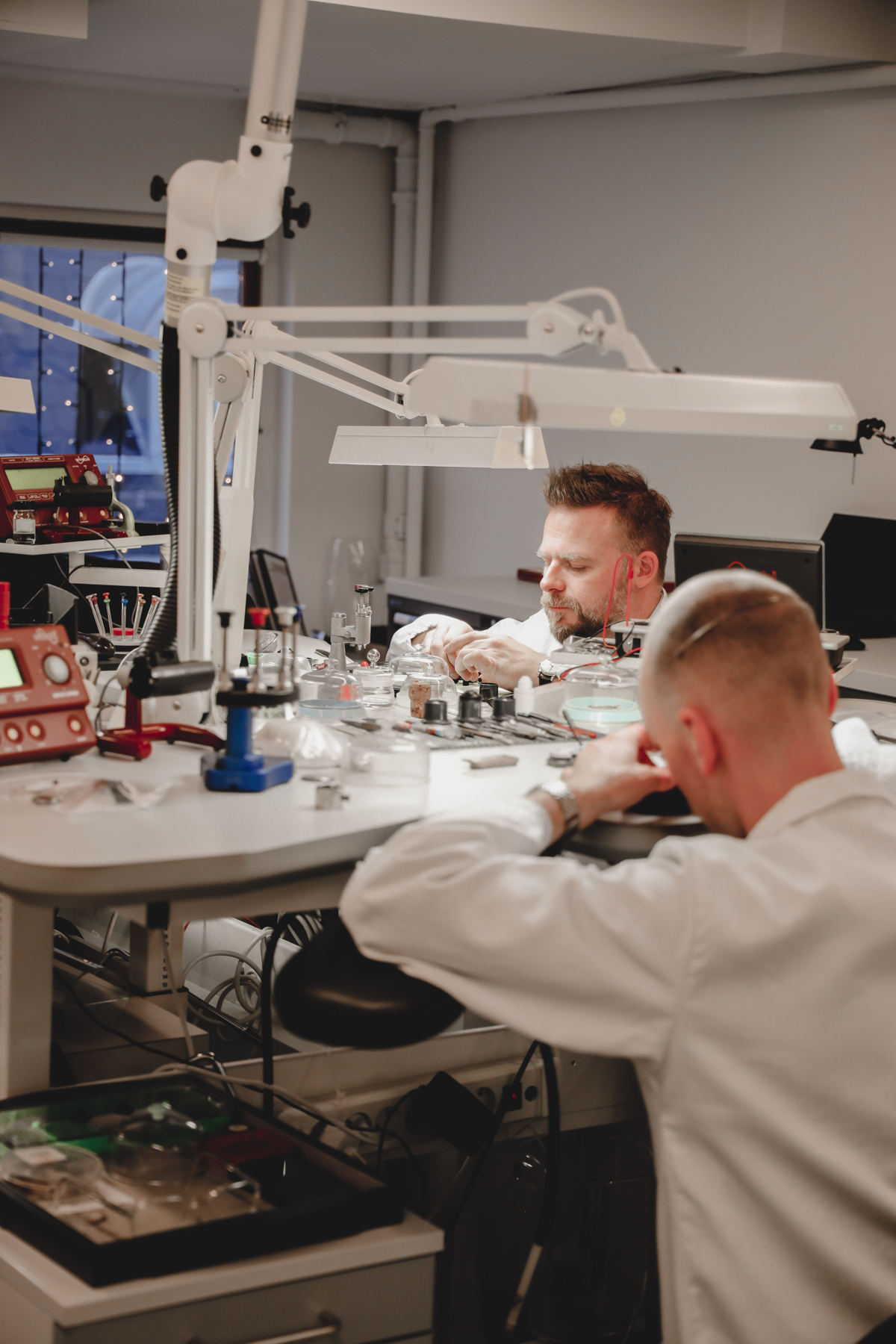 |
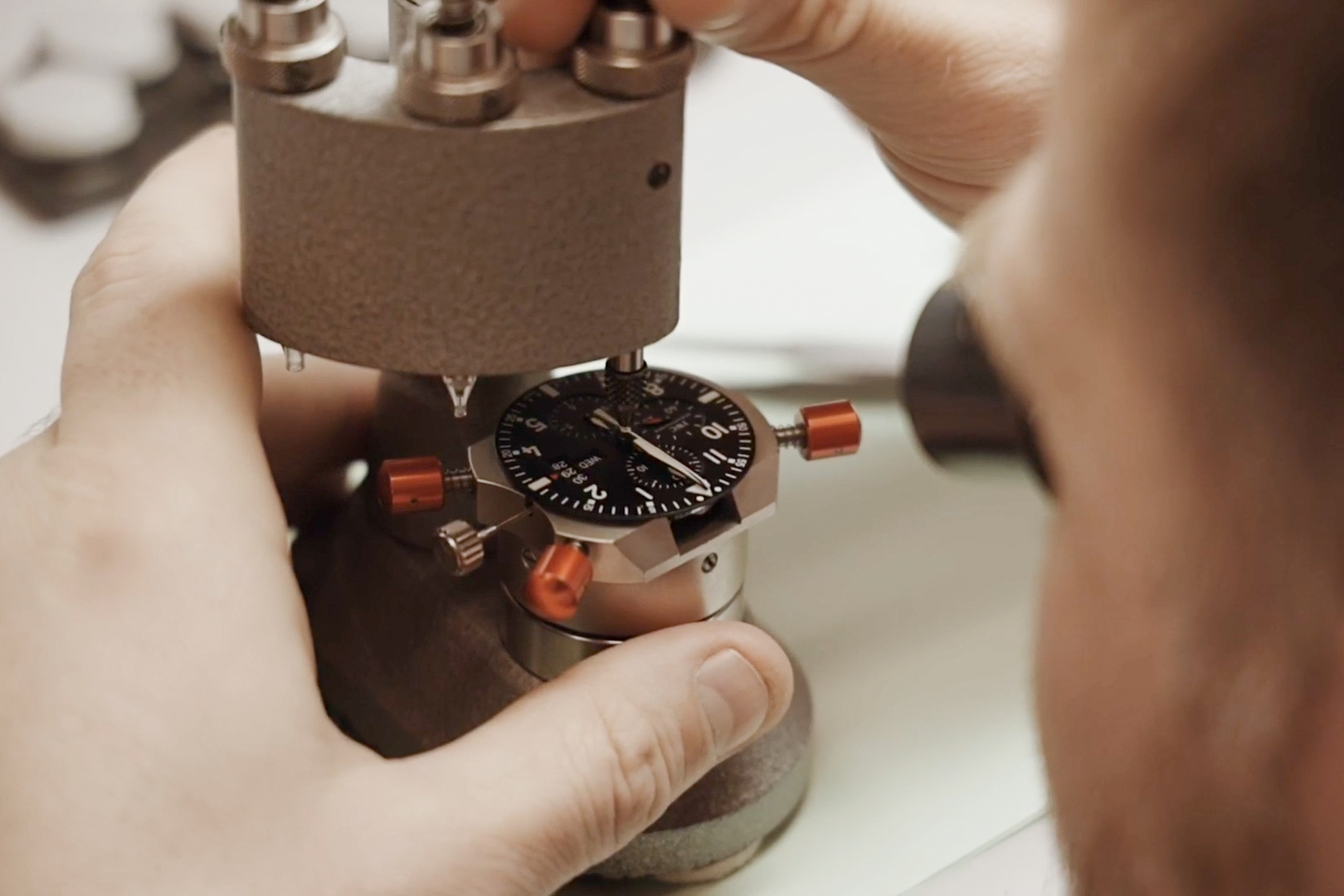 | |
Marcus went through the four year training program, including both foundational classes and technical apprenticeship. “I apprenticed at Schneckloth Ure, which is a multibrand store, and then continued working there when I graduated. In 2012 I began working from Ole Mathiesen and I’ve been here ever since. In terms of the top of Danish design watches, Ole Mathiesen is it. Our profile is really clean, minimalist, functional, and top quality.”
Speaking to what the day-to-day of a watchmaker looks like, Marcus says that the “maker” moniker can confuse people. “Even though we design all our own-brand watches in-house, we’re not building watches from the ground-up. Most watch brands buy their movements, which are the technical mechanisms of the watch inside the case, because they’re machine-made then finished by hand. We buy ours in Switzerland. Cutting and assembling those would be incredibly time-consuming and the costly because the movements are tiny. So what we actually do is watch maintenance by taking them apart and then putting them back together,” he says. After a service, each watch gets three days of control tests to make sure that it’s running perfectly.
The process entails knowing the ins and outs of each watch brand, including Ole Mathiesen itself and the other luxury watch brands that the store sells. “We train with each brand to learn their specific needs so we can best service the watches,” explains Olsson. “Most movements are the built up the same way, but that doesn’t mean that the watches are the same – you really need to know how each company operates.”
 | 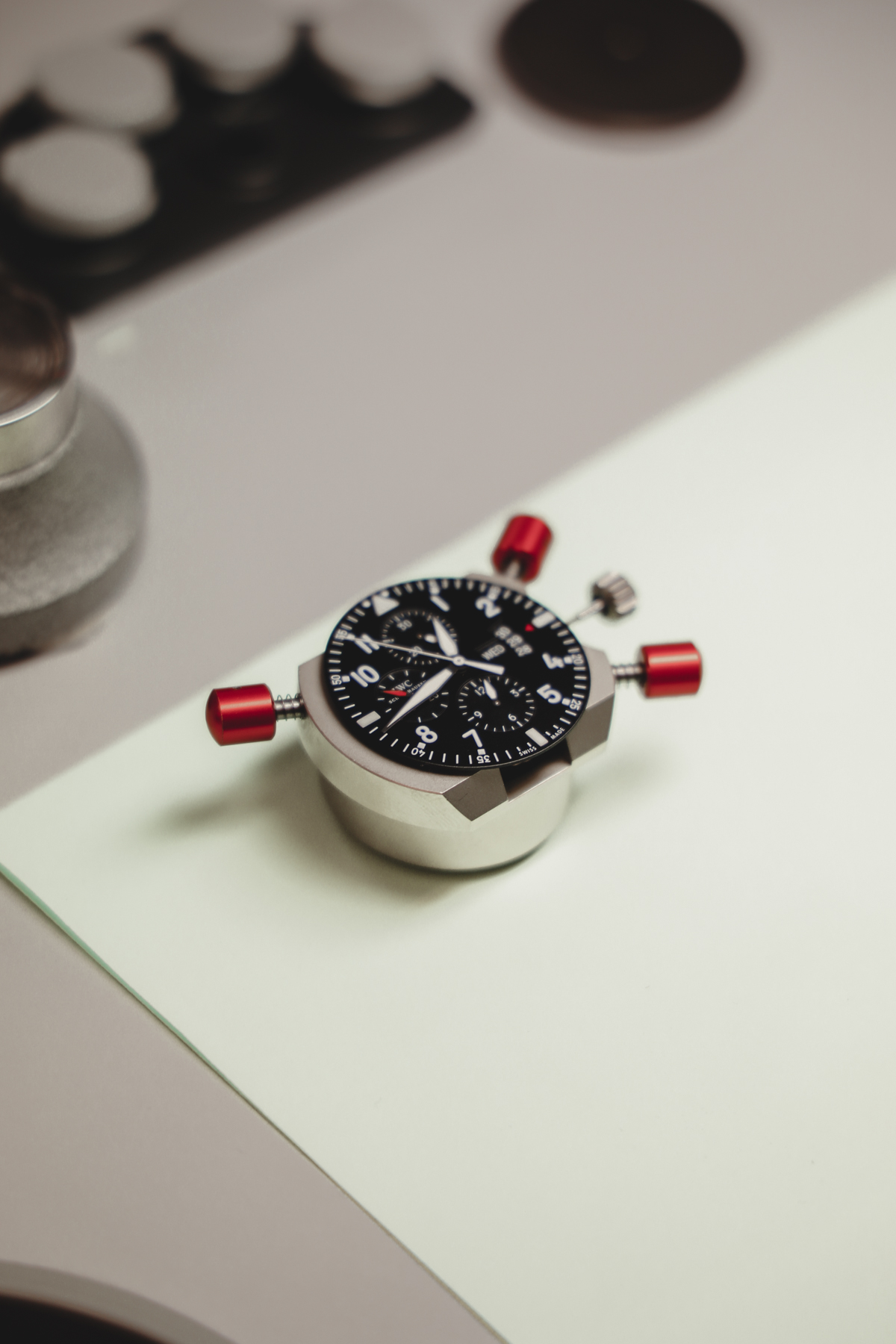 |
Most watches, even the best ones, need regular servicing. “Luxury watches tend to need a service every six or seven years,” says Marcus. “Usually it’s just a cleaning, but that still means taking it apart. Then if there’s an actual problem with the watch that’s not just dust or age-related, I take the whole thing apart and find out exactly what’s wrong, fix it, and reassemble. It can take a few weeks per watch.”
What’s the one thing he says watch owners should do to keep their watches working for many years? “Don’t let it get wet, or totally submerged in water,” Marcus warns, “I’m not talking about your typical rain, of course. Obviously watches that are able to handle a bit of water, and some even a lot, like divers’ watches. But once you see that perspiration on the inside of a watch face, bring it in to a watchmaker immediately, because the movement will start to rust and then you won’t have a working watch for very long!”
 | 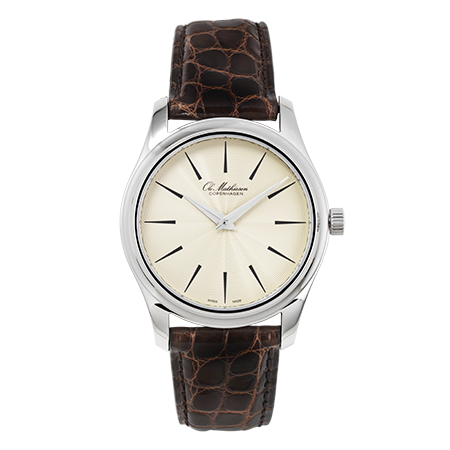 | 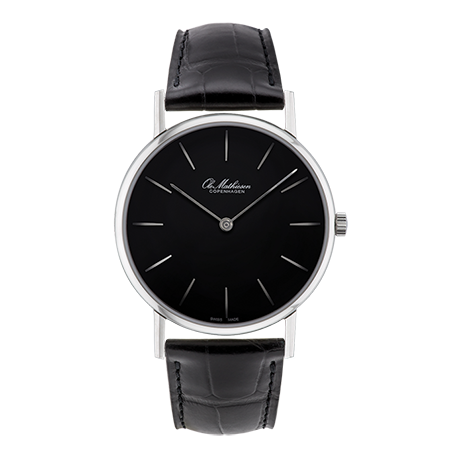 |
But Marcus also notes that the most common affliction for a watch is simply worn parts.
“High quality watches like the ones at Ole Mathiesen are built to last for a really long time. We’re talking decades, at a minimum. So of course the parts get worn. Just make sure you’re taking your watch in for those services once or twice a decade, or as needed, so that it can keep running smoothly. It’s not very much, but a watch you’re willing to invest in financially will also come with a bit of a time commitment. I think it’s worth it,” he says.
As for the one characteristic that all great watchmakers need, Marcus answers quickly and with a laugh: “Patience! Oh my god, sometimes it’s tedious work. When you start, it can feel really messy. You need to be meticulous and have a deep understanding of how watches operate. And it helps a hell of a lot if you really love watches, like I do.”
 |  |
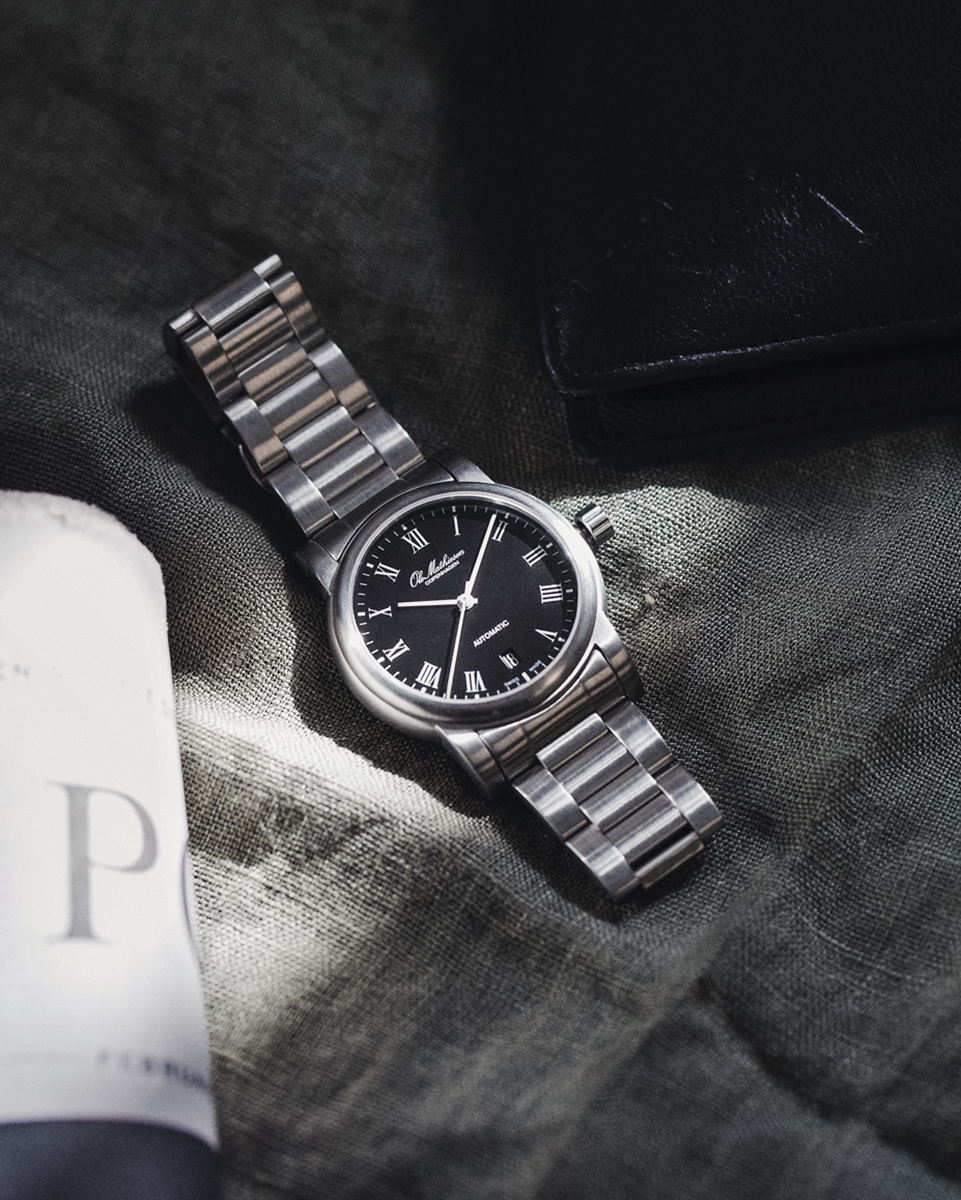 |  |
Marcus says that, when he has a bit of spare time (“maybe when I retire!” he jokes) he’d like to build a watch from scratch – something just for himself and his family. “I think I would make a pocket watch,” Marcus explains, “but it would be kind of an ongoing project. I don’t really have time at the moment, but it’s a goal of mine.”
Other goals, it would seem, are wrapped up in doing the best job possible at Ole Mathiesen. “I have my dream job right now. For a watchmaker like me, this is exactly what I want to be doing. So I’m just going to keep doing it well.”
Find out about Ole Mathiesen’s heritage and their selection of watches.
For more information on partnerships, see our Disclosure Policy.

